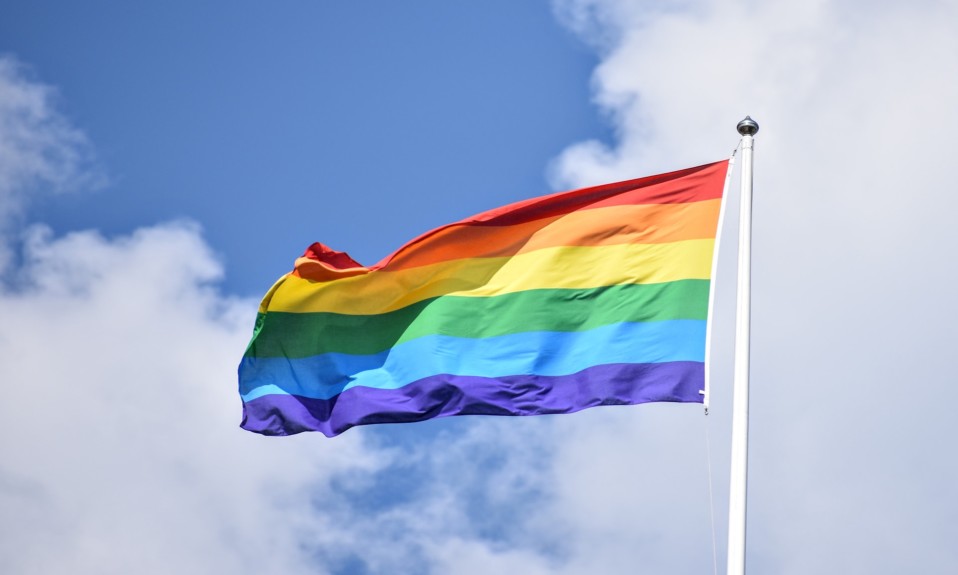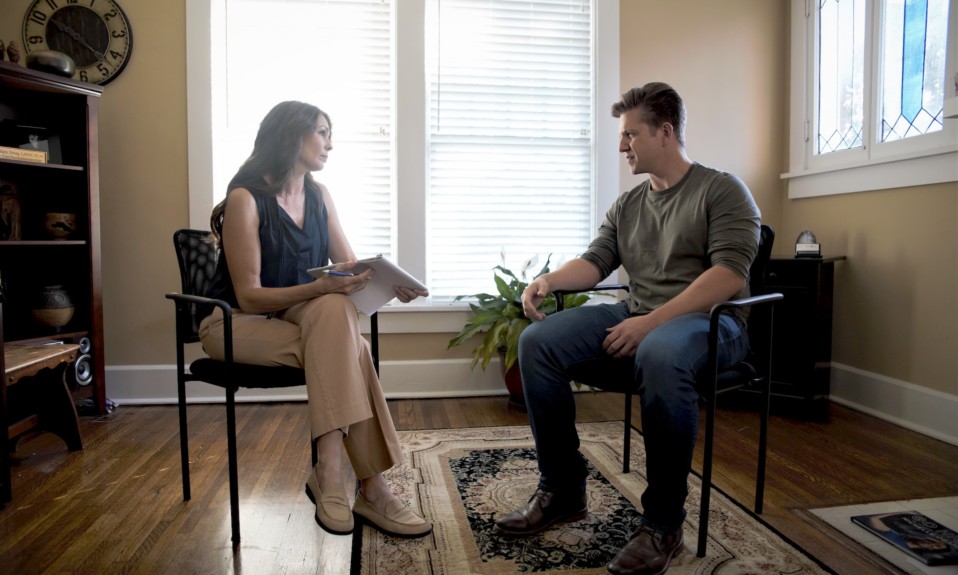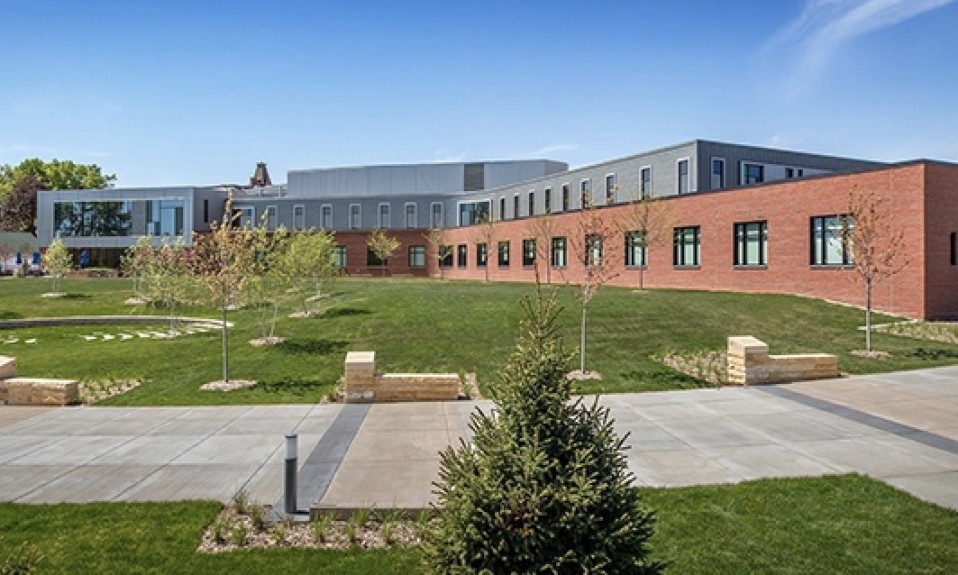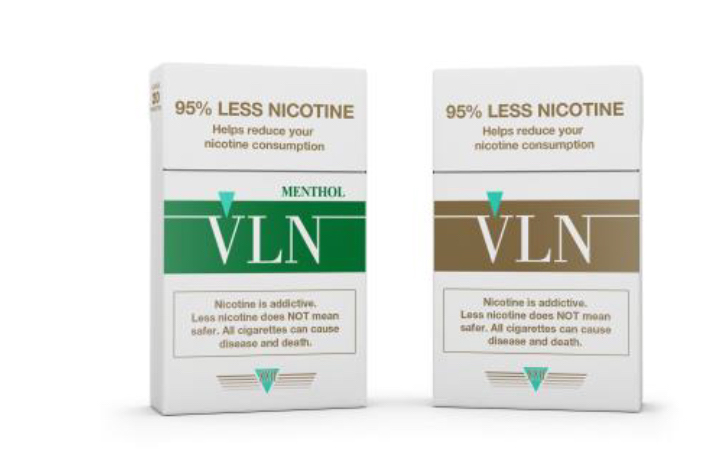A client’s experience led the renowned treatment facility to reshape its LGBTQIA+ efforts—and even add a splash of art
By Jason Langendorf
When Tela Mathias checked herself into the Hazelden Betty Ford Foundation addiction treatment center in March 2020, she had no intention of starting a movement or pushing one of the field’s leading facilities to rethink its approach toward an entire demographic of people. Mathias was just trying to get better.
“I was in a really bad state,” Mathias says. “So my initial impression was that I would do whatever Betty Ford told me to do, to be honest. But as I got into the community of patients—certainly I was getting access to world-class recovery medicine—there were some things that struck me as creating inequitable access while I was there.”
A woman of color on Mathias’s unit needed a shower cap (“which is not unusual for women with ethnic hair,” she says), but there were none available. She overheard some inappropriate jokes. The language used around the facilities—both written and spoken—wasn’t oriented toward people who identified in a non-binary or gender-nonconforming way. Mathias says she observed the misgendering of a trans man in a women’s unit on more than one occasion.
“None of these things were intentionally harmful,” says Mathias, a member of the LGBTQIA+ community. But, Mathias says, “using language like that, not making your basic essential personal care items available, thinking in terms of black and white—black is bad, white is good—I actually had a list when I came out of probably 20 things that I wanted to point out to Hazelden Betty Ford Foundation.”
And so she did.
The Science—and Art—of Inclusion
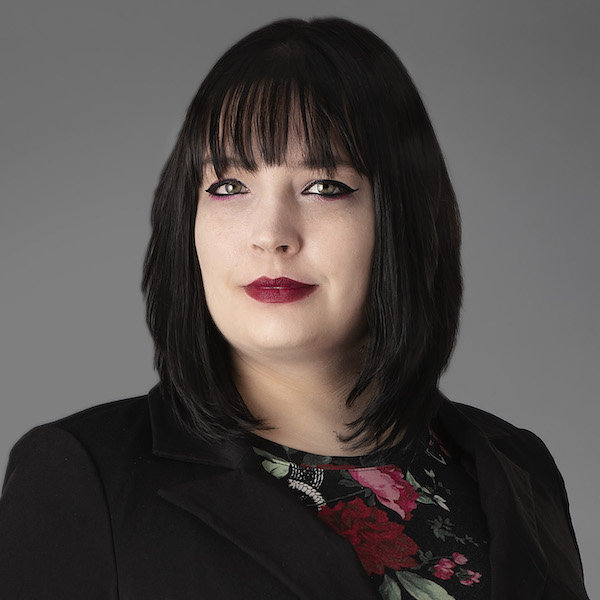
When Lydia Burr, director of clinical services at Hazelden Betty Ford Foundation, heard these kinds of critical but constructive comments, she didn’t panic or bristle at the feedback. She considered them, then decided they were accurate.
“I think that we were already doing well,” Burr says of Hazelden’s inclusion efforts. “I think that the services that we offered were great. But it illuminated some ways that we could do better.”
That conversation ultimately led Burr to seek outside assistance from Rainbow Health, a Minnesota-based organization that helps people “navigate healthcare systems by breaking down barriers” and that advocates and provides services for “LGBTQ+ people, people living with HIV, and folks from communities that historically and currently face barriers to behavioral health support.” Rainbow Health was brought in to conduct a third-party audit of Hazelden’s full program, in an effort to create, in Burr’s words, “a more inclusive and affirming environment for LGBTQIA+ patients and staff.”
“It makes such an impactful difference around the site to see different communities and people of color represented both as art subjects and artists themselves. I was really proud of that part of it.”
Lydia Burr, Hazelden Betty Ford Foundation
Burr oversaw the development and implementation of the project, which included a series of changes both grand and small in scale—all of them significant. Hazelden updated its patient handbook and organizational policies using inclusive language. All campus staff—not just clinical workers, but marketing, outreach, sales teams and others—were required to undergo training. The company website was updated with an LGBTQIA+ page. Most significant of all, perhaps, was the founding of Hazelden’s Queer and Allied Initiative (QAI), an internal team comprising representatives across the organizations’ sites who are charged with routine assessment and maintenance of LGBTQIA+ policy.
In some ways, however, the pièce de résistance is the facility’s 10 new works of art—commissions of artists from the LGBTQIA+ community, featuring info panels highlighting the creators.
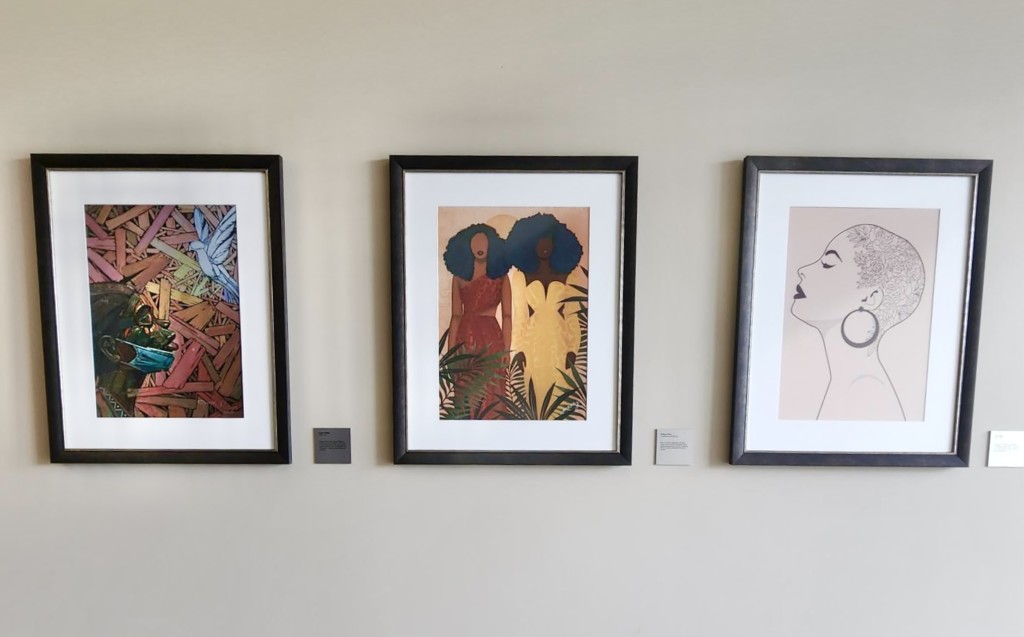
“I gotta tell you,” Burr says, “it makes such an impactful difference around the site to see different communities and people of color represented both as art subjects and artists themselves. I was really proud of that part of it.”
Recovery Without Shame—for Everyone
Diversity, equity and inclusion aren’t markers to be collected or philosophical bars to be cleared, but rather ever-evolving states that must be routinely assessed and critically judged. As Burr says, “In any treatment setting, or in any community setting at all, there are definitely going to be times when a less-than-favorable situation presents itself.” What matters, she says, are the questions an organization asks of itself and its commitment to changing for the better afterward.
“I believe that half measures availed us nothing—which means we must deliver fully on something if we want to maintain the trust of a marginalized community.”
Lydia Burr,
“There’s actually a quote in the Big Book: ‘Half measures availed us nothing.’ With all the rich history that Hazelden Betty Ford has, I sort of always have that in the back of my mind when implementing things,” Burr says. “I believe that half measures availed us nothing—which means we must deliver fully on something if we want to maintain the trust of a marginalized community.”
Mathias, a managing partner at PhoenixTeam, an IT services and consulting company, calls it her dream to “make world-class recovery medicine available to every addict without shame, not just those who can afford it.”
“Everybody should feel comfortable, because it’s such an uncomfortable thing to be powerless over drugs and alcohol.”
Tela Mathias
She considers the mission of inclusion to extend beyond the LGBTQIA+ community or people of color to include anyone from socioeconomically disadvantaged communities. “It all comes down to access,” she says.
“Everybody should feel comfortable, because it’s such an uncomfortable thing to be powerless over drugs and alcohol,” Mathias says. “Being in an environment where you don’t see yourself represented, not seeing yourself in the patients and in the caregivers, just makes you feel even more ‘other.’ It’s just another barrier to access.
“Whether it’s the shower cap or whether it’s being misgendered in the food line, it’s just another painful reminder that ‘Oh, I don’t belong here.’ And that’s just wrong. That’s just not gonna work.”
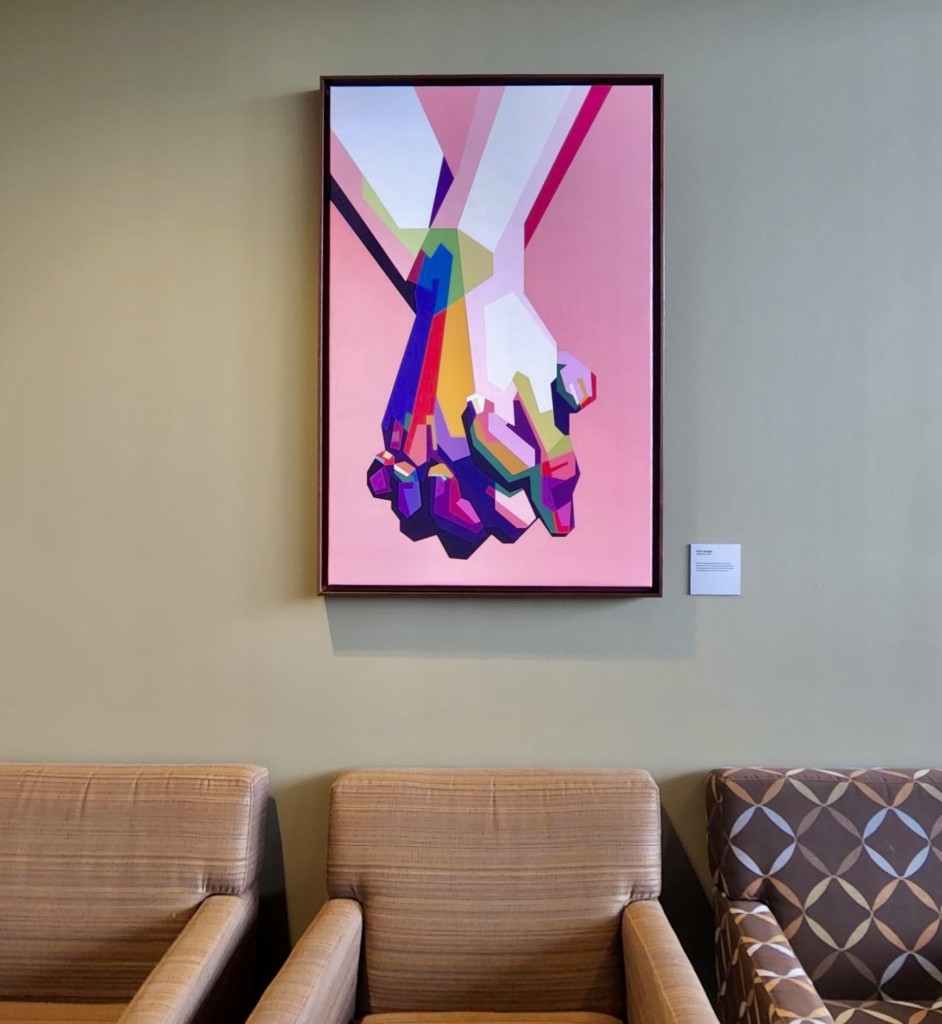
Top photo: Rob Maxwell


